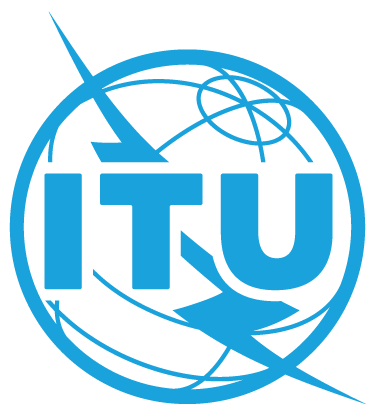Global internet use reaches 6 Billion, but ITU warns connectivity gaps are deepening
Facts and Figures 2025 shows that while connectivity is expanding, the quality of access remains highly uneven, shaped by disparities in speed, affordability and skills. Only 4 percent of people in low-income countries have 5G coverage compared with 84 percent in high-income states, and mobile data usage in wealthy countries is nearly eight times higher than in poorer ones.

According to Facts and Figures 2025, released by the International Telecommunication Union (ITU), an estimated 6 billion people, roughly three-quarters of the global population, are now using the internet. But 2.2 billion people remain offline, and the quality of connectivity varies so widely that digital inequality is becoming more entrenched rather than diminishing.
The ITU reports strong uptake of advanced mobile technologies. For the first time, global 5G subscriptions have been estimated to reach nearly 3 billion, about one-third of all mobile broadband connections. Network coverage reflects the same uneven pattern. While 84 percent of people in high-income countries are covered by 5G networks, only 4 percent of people in low-income countries have comparable access. The disparity is mirrored in usage patterns. A typical user in a high-income country generates almost eight times more mobile data traffic than a user in a low-income country, underscoring a widening quality gap that affects how meaningfully people can participate in the digital economy.
Affordability and digital skills remain the largest barriers to meaningful connectivity. Although the median price of mobile broadband has dropped globally, it remains unaffordable in about 60 percent of low- and middle-income countries. Basic digital skills are widespread, but more advanced skills, including online safety, problem-solving and content creation, are developing slowly, creating long-term risks for economic participation and digital literacy. The report also highlights persistent inequalities across gender, geography and income. Nearly 94 percent of people in high-income countries are online, compared with just 23 percent in low-income countries. Women remain less connected than men, and rural populations continue to lag behind urban areas.
The ITU stresses that universal and meaningful connectivity is no longer only about bringing people online. It is about ensuring reliable, affordable and safe access to the kinds of technologies, including AI, that increasingly shape daily life, learning and economic opportunity. The organisation calls for sustained investment in digital infrastructure, targeted skills development, stronger data systems and coordinated international action to ensure that connectivity becomes a global equaliser rather than a new axis of inequality.


